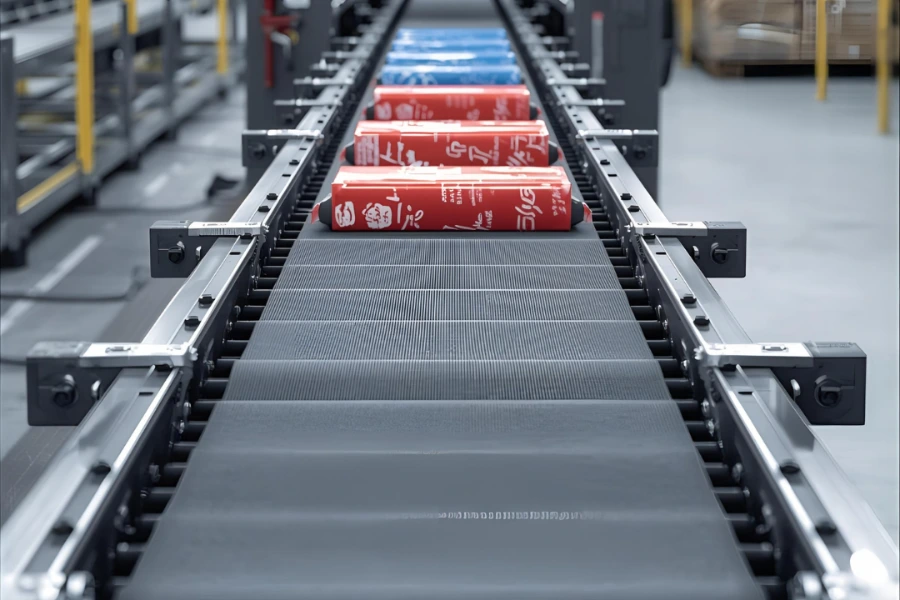
Over the past few years, we’ve seen factories change faster than anyone expected. Automation, connected machines, and live production data aren’t just buzzwords anymore — they’re part of daily life on the shop floor. This shift, known as Industry 4.0, is reshaping how products are made.
Interestingly, one of the unsung heroes of this transformation is something many people overlook: the metering conveyor belt. It doesn’t look futuristic, but it quietly keeps smart factories running in rhythm — and that makes a world of difference.
What Exactly Is a Metering Conveyor Belt?
A metering conveyor belt is designed to control how fast and how far apart items travel along the production line. Instead of sending products through in unpredictable bursts, it creates a steady, even flow.
We’ve seen this in action at a mid-sized packaging plant in Pune. Before installing metering conveyors, their products often piled up at inspection points, causing short stoppages every few hours. After the change, their line ran almost 20% faster simply because everything moved more predictably.
How They Support Smart Factory Operations
1. Keeping the Line in Sync
Smart factories depend on timing. A metering conveyor ensures that products arrive exactly when robotic arms, scanners, or packaging machines are ready — no waiting, no collisions. It’s like having a traffic signal for your production line.
2. Feeding Real-Time Data
Most modern systems now come with sensors that track speed, product counts, and vibration levels. This data feeds directly into dashboards, helping supervisors spot problems early. In one of our own projects, this kind of monitoring flagged a motor issue two days before it could cause downtime.
3. Boosting Output Without Chaos
Because spacing stays consistent, operators can safely raise line speeds. Higher speed usually means more output — and with controlled flow, that increase doesn’t come with extra jams, errors, or waste.
4. Saving Energy and Costs
Even small things add up. Steady product flow reduces the stop-start strain on motors, which cuts electricity use. It also means fewer manual adjustments, freeing up staff to handle higher-value tasks instead of clearing blockages.
Connecting to Industry 4.0 Technologies
- IoT Connectivity: Sensors send live performance and wear data to cloud-based systems.
- AI & Machine Learning: Algorithms can predict when belts need servicing, avoiding unplanned downtime.
- Digital Twins: Engineers test new layouts virtually before touching the real equipment.
- Robotics Integration: Consistent spacing allows robotic pickers to work at top speed with minimal errors.
Where They Make a Real Difference
- Automotive assembly lines — parts arrive exactly when needed, preventing handling damage
- Airport baggage systems — bags move in smooth intervals, reducing screening delays
- Food and beverage plants — delicate products stay spaced apart to prevent contact damage
- E-commerce and logistics hubs — precise flow helps automated sorters process thousands of parcels an hour
Final Thoughts
Smart factories may run on data and software, but they depend on something much simpler — reliable, predictable movement. A metering conveyor belt might seem like a small part of that puzzle, yet it often decides how well everything else works.
We’ve watched production lines transform just by adding these systems — fewer jams, less stress on machinery, and far smoother output. As more manufacturers embrace Industry 4.0, metering conveyors are evolving from basic equipment into intelligent, connected systems that quietly keep modern factories in sync.